A group of student-athletes are preparing to run a race at the Chautauqua Striders Youth Track and Field Development program in August 2024, held at Strider Field, 95 Martin Road.
P-J photo by Christopher Blakeslee
The Chautauqua Striders Youth Athletics Program has launched its summer track and field programs, and by all accounts, the programs are off to a fantastic start.
Lexi Lindamer, director of athletics for Chautauqua Striders, said the organization has achieved a significant milestone in participation in its Youth Track and Field Development program.
“This is the highest number of kids we’ve had during my time with the organization,” she stated. “Currently, we have 124 pre-registered participants, with additional registrations coming in, although a bit later than usual.”
The Striders organization provides an array of athletic programs and races aimed at inspiring children, combating adolescent obesity, fostering teamwork, cultivating an inclusive environment, and helping participants develop positive character traits. The organization offers programs that include the Youth Track and Field Development Program, the Track Club, the Athletic Club/Runner of the Year Series, various fun-run themed races, and golf scrambles. These initiatives unite athletes and enthusiasts in the spirit of competition. For more information, visit chqstriders.org.
More than 124 pre-registered participants are part of the Chautauqua Striders Youth Track and Development Program this year. According to Strider officials the number of program attendees has seen continued growth.
P-J photo by Christopher Blakeslee
“Our Youth Track and Development program is seeing a significant increase in enrollment,” said Lindamer. “More young athletes are discovering the benefits and excitement of joining our track and field community.”
“It’s so much fun,” said Sophie Deckard, a spirited 6-year-old from Jamestown. “I love sprinting around and spending time with my friends. That’s the absolute best part.”
Lindamer attributes the program’s success to the organization and the committed coaches and volunteers who promote a spirit of inclusion, teamwork, and sportsmanship, encouraging every participant to embrace these valuable principles.
“We focus on supporting student-athletes by meeting them at their current level,” she explained. “While we do have competitions, we approach them in a fun and educational manner, always striving to incorporate character-building development into our programs.”
The Youth Track and Development Program is tailored for children aged 5 to 14 years. Competitions are organized by age groups, offering participants and their parents a comprehensive introduction to track and field events. Young athletes have the opportunity to choose events that align with their individual interests, abilities, and goals.
The program offers a range of events, including sprints, hurdle races, long-distance races, jumping disciplines, vaulting, throwing events, and relay races. Participation in these activities enables athletes to develop essential athletic skills, laying a strong foundation for their future progress in sports.
Initially founded in 1979 as a local track club, Chautauqua Striders has since developed into a multi-faceted community organization, offering diversified programs that incorporate its mission of to “mentor and guide youth through education, advocacy and athletics; The not-profit agency, based in Jamestown, provides tutoring, mentoring, outreach and athletic programs to more than 1,500 Chautauqua County youth annually.
For more information, visit chqstriders.org or email lexi@chqstriders.org.




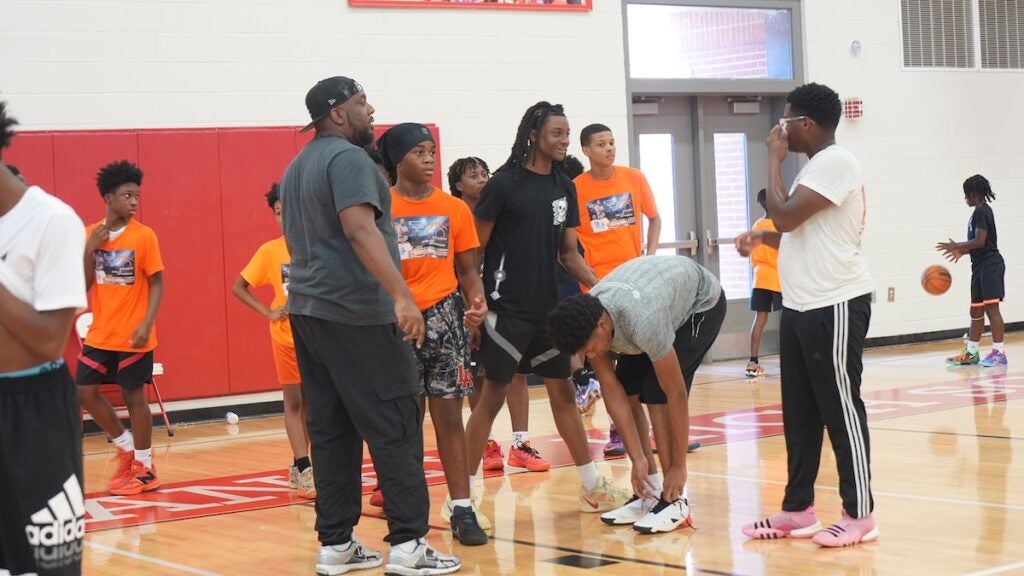



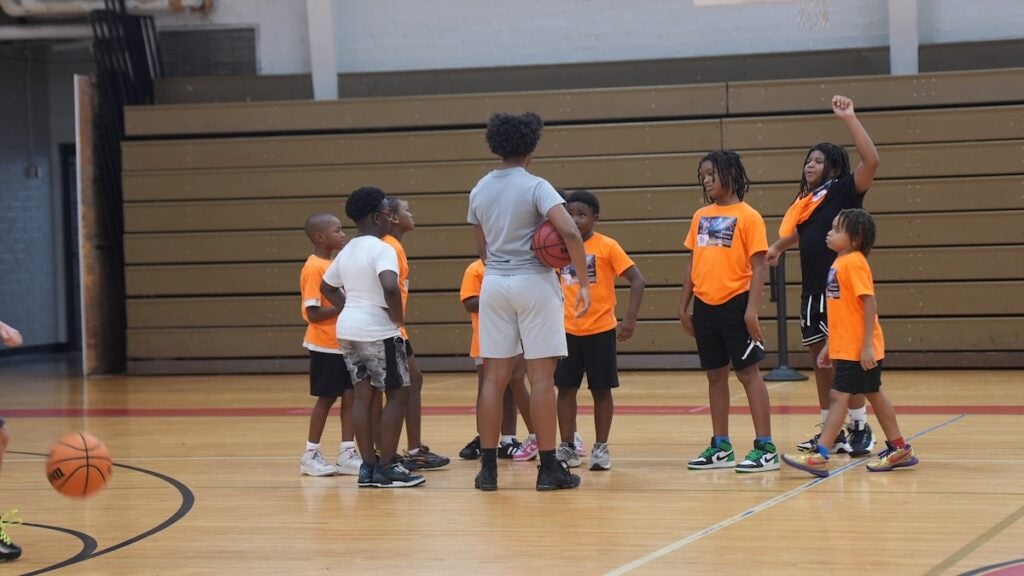
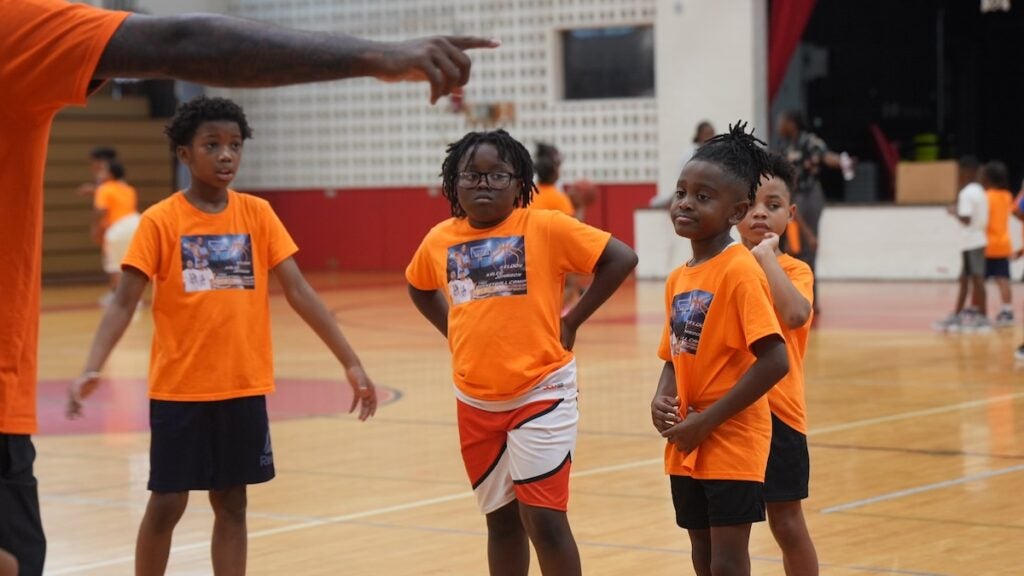
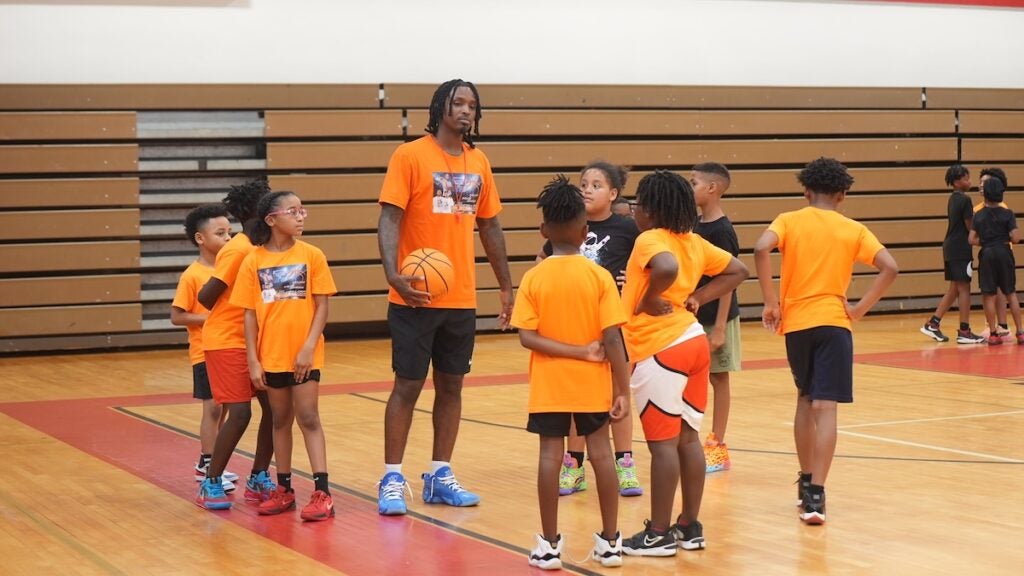
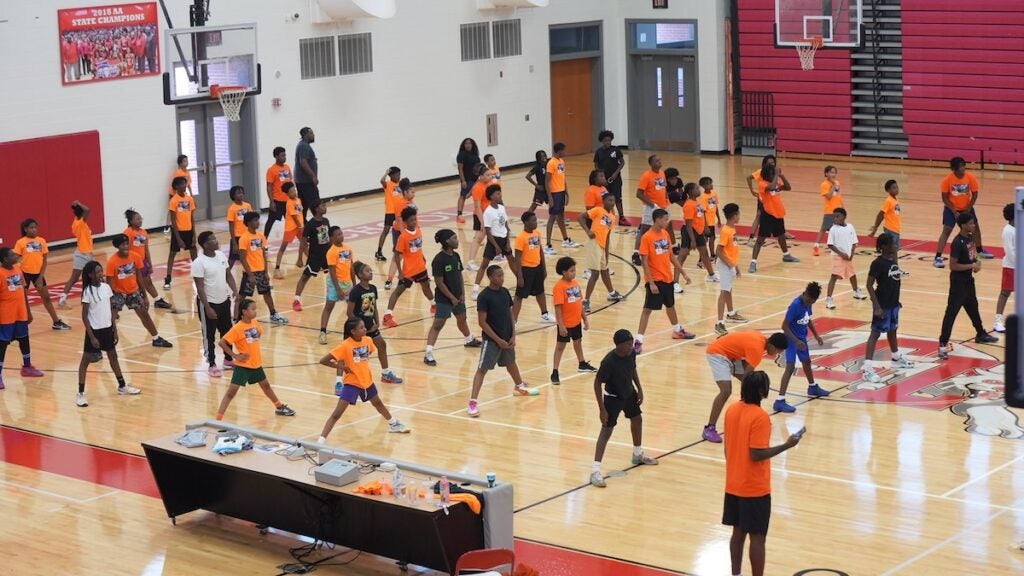
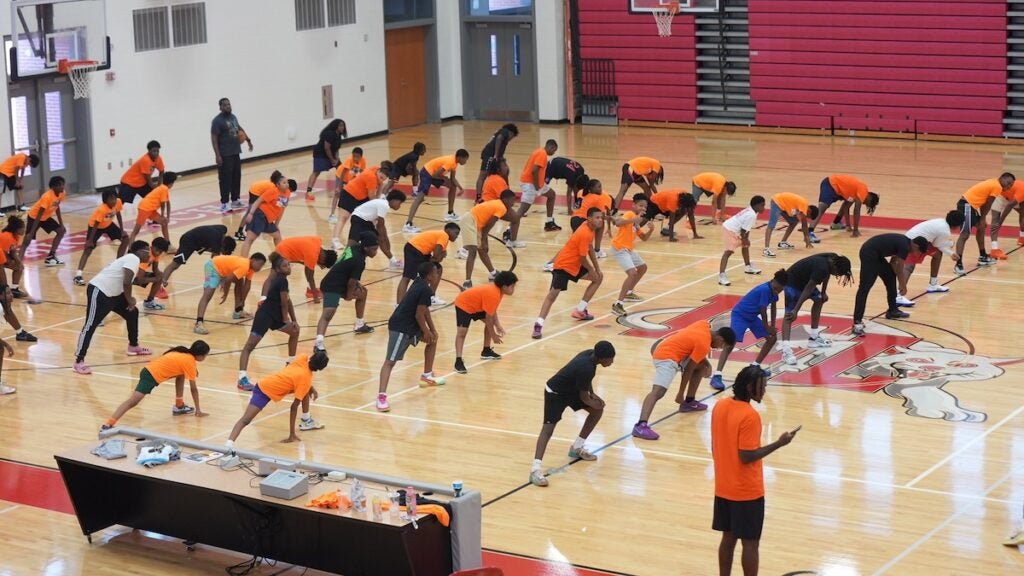




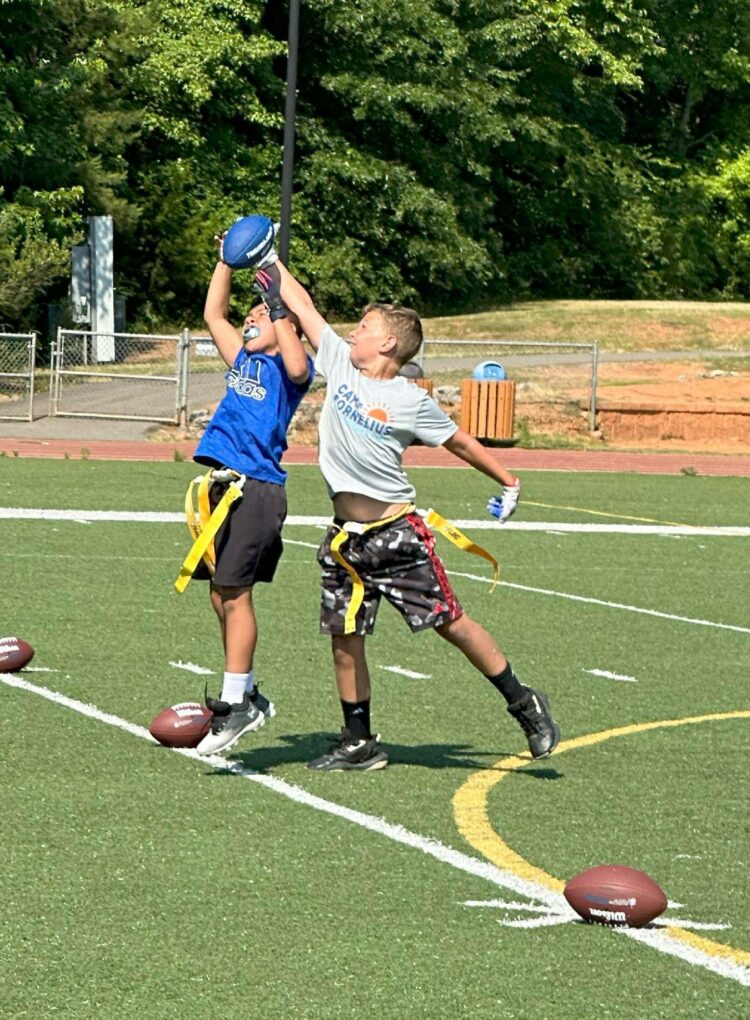 Youth Flag Football
Youth Flag Football
















































